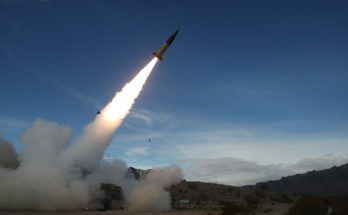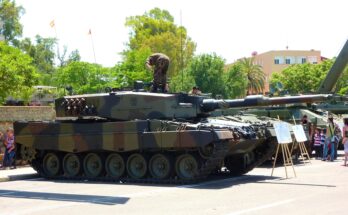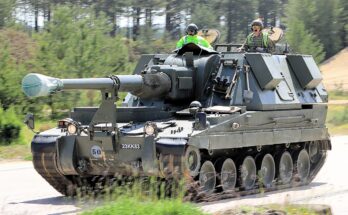
The MGM-140 ATACMS (Army Tactical Missile System) has entered combat, again. This time, the ATACMS is making its first appearance in Ukraine. This is also the first use of this missile by a foreign military. The U.S. has fired over 600 ATACMS during combat operations.
The ATACMS has a long and complex history. Originally, this missile was intended for use on the Soviets, attacking large tank concentrations, as well as command and control centers. The ATACMS never saw combat against the Soviets, but it did participate in Operation Desert Storm and Operation Iraqi Freedom.
Early on in the war with Russia, the Ukrainian government had asked for ATACMS, to boost its battlefield support capability and offset the lack of sufficient strike aircraft. The U.S. was reluctant to provide these missiles, fearing they might be used against targets inside Russian territory.
Eventually, Washington relented and provided an undisclosed number of ATACMS to Ukraine. The announced targets were a pair of Russian air bases.
Will the ATACMS change the course of the Russo-Ukrainian War? Probably not. But the missile will make it more difficult for Russia to resupply its troops in occupied Ukraine. Each new weapon provided is another chess piece moving around on the board. Long-range artillery was already causing Russian logisticians problems and the ATACMS will complicate their difficulties further.
Airpower did not defeat the Germans in World War II. A combination of airpower, land attacks, naval operations, and economic warfare slowly eroded the German Wehrmacht’s ability to resist. ATACMS is another means to wear down the Russian troops fighting in the Ukraine.
For more than 35 years, Larry has been involved in research and analytical work for various Forecast International projects. He has contributed to the Airborne Electronics Forecast and was chief editor on the World Aerospace Weekly newsletter. Larry was directly responsible for the creation of World Weapons Review, a biweekly industry market research publication specializing in weapon systems and related material. He was the creator of Unmanned Vehicles Forecast, launched to cover the growing market for civil and military drones, and was involved in the development of the Airborne Retrofit & Modernization Forecast service. He is currently responsible for the Missile Forecast and for FI's two Unmanned Vehicles Forecast services – Airborne Systems and Land & Sea Systems.




